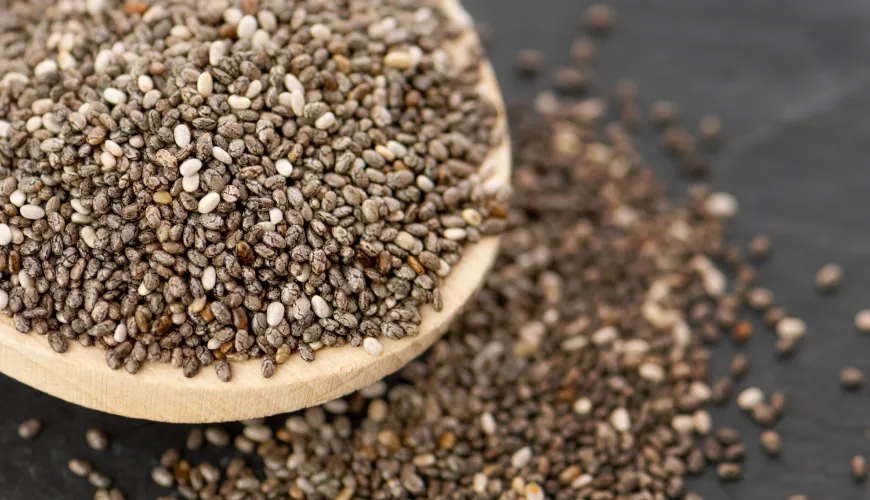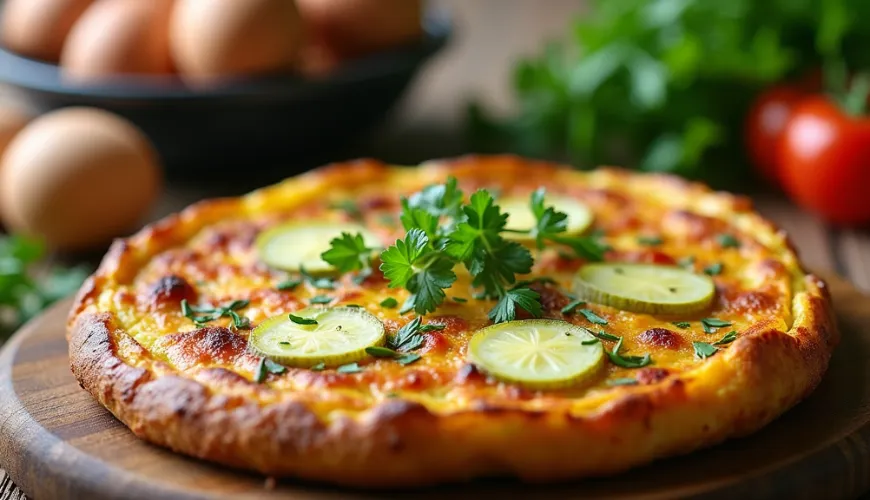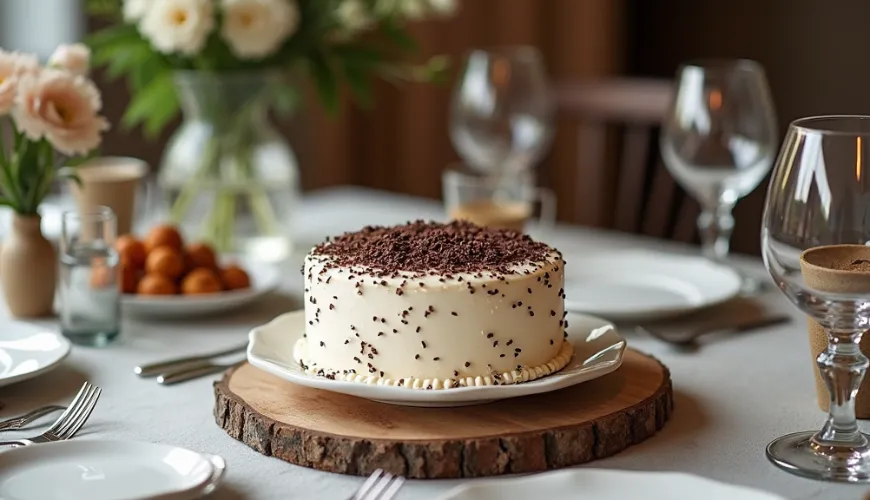
How to Make a Delicious Frittata Without Effort and Unnecessary Stress

Egg Frittata – A Simple Dish Full of Flavor You'll Love
Egg frittata. It sounds exotic, but in reality, it's a simple, hearty, and versatile dish that you can prepare even during a hectic workweek. Originating from Italy, it resembles a classic omelet or baked eggs, but with one important difference – a frittata is usually prepared first on the stove and then baked in the oven, giving it a fluffy and delicate texture. What's more, you can add practically anything you have in your fridge.
Due to its simplicity, versatility, and nutritional value, the frittata has become a popular dish not only in Italy but in households around the world. Whether you're looking for a quick lunch, dinner, or nutritious breakfast, an egg frittata is an ideal choice.
What Exactly is a Frittata?
Simply put, a frittata is something between an omelet, quiche, and baked eggs. The base is, of course, eggs, but the possibilities certainly don't end there. You can incorporate potatoes, vegetables, cheese, herbs, legumes, or even leftover roasted meat into a frittata. That's its magic – it can taste different every time, yet always delicious.
While an omelet is usually quickly prepared on a pan and served immediately, a frittata is baked longer, often in the oven, allowing it to heat through well and gain a lightly baked crust. The result is a fluffy, fragrant, and perfectly integrated dish that slices beautifully and can be served cold as well.
Potato Frittata – A Hearty Classic
One of the biggest hits among the variations of this dish is the potato frittata. It uses a simple yet nutritious base of boiled or roasted potatoes, which provide the dish with structure and make it filling for a longer time. If you have leftover potatoes from the previous day, you're halfway there.
A popular combination is potatoes, onions, and cheese – simple yet incredibly tasty. You can also add spinach, mushrooms, peppers, or zucchini. Some people even add bacon or smoked tofu, which is appreciated by those looking for a heartier option.
And why is the potato frittata so popular? Because it's a perfect use of leftovers and seasonal ingredients. In winter, a combination with roasted pumpkin and rosemary warms the soul, while in summer, a version with cherry tomatoes and basil refreshes.
How to Prepare a Perfect Frittata?
The foundation is a well-mixed egg mixture. Typically, 6–8 eggs are enough for one frittata, depending on the size of the pan and the number of diners. A bit of milk or cream is added to the eggs, along with salt, pepper, and then the chosen ingredients.
In a pan, ideally cast iron or with an oven-safe metal handle, ingredients are first sautéed – for example, onions, potatoes, vegetables, or mushrooms. Then everything is covered with the egg mixture and allowed to set a bit over low heat. When the edges start to firm up and the center is still runny, the entire pan is moved to the oven and baked at 180 °C for about 10–15 minutes.
The frittata is baked without stirring, ensuring its fluffy consistency. After removing it from the oven, let it cool briefly, then slice it like a pie. It can be served warm, cold, with bread, salad, or just on its own.
Tips for an Even Better Result
- Use quality eggs – ideally from free-range hens or organic. The taste of the frittata will be more pronounced, and the color beautifully yellow.
- Don't shy away from herbs – fresh parsley, thyme, chives, or basil will beautifully scent the frittata.
- A non-stick pan is key to easily flipping the frittata without burning it.
- Try plant-based alternatives – use almond or oat milk instead of regular milk, and feel free to skip cheese or replace it with a vegan option. The frittata will then be suitable for vegans (using an egg alternative).
Frittata in Practice
Imagine a Saturday morning. The sun is shining, the kids are playing in the garden, and in the fridge, there's a portion of boiled potatoes, a few eggs, a piece of cheese, and a bunch of spring onions. At this moment, a frittata is the ideal solution for quickly creating a tasty and nutritious meal without unnecessary stress.
In ten minutes, you'll have the mixture ready, and in the next fifteen, everything bakes. While the frittata cools, you can prepare a salad or slice it up and pack it for a picnic. It's also great cold and transports well.
Similarly, you can prepare it the night before as an easy lunch for work. Just add a piece of bread, some arugula, and you have a complete, healthy meal without the need for reheating.
As renowned Italian chef Massimo Bottura says: “What others might consider waste is just an opportunity for new flavors in the kitchen." Frittata is exactly that – a way to give leftovers new life while enjoying great taste.
A Dish That Combines Simplicity and Nutrition
In today's world, where more and more people are interested in what and how they eat, a frittata offers a balanced ratio of proteins, fats, and carbohydrates – without unnecessary additives or preservatives. The combination of eggs, fresh vegetables, and optionally cheese or potatoes provides long-lasting energy and satiety, without the heaviness that can come from heavy fried foods.
Moreover, it's a dish you can easily prepare in a gluten-free version, making it accessible to a broader range of diners. It's also a way to get kids involved in cooking – they can choose what to add to the frittata, naturally learning about food and responsibility.
Whether you prepare a classic onion-potato frittata or opt for an unconventional combination with beets and goat cheese, the result will likely pleasantly surprise you. It's a dish that doesn't require complex techniques, expensive ingredients, or hours of preparation. Yet it tastes like it's from a fine café.
Frittata is not just an Italian specialty, but a universal helper in every household. In a time when we seek simple, nutritious, and sustainable solutions not just for our kitchens, it represents a great blend of flavors, practicality, and health.

